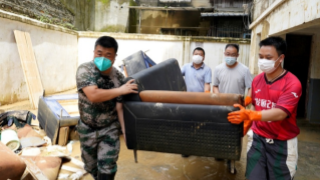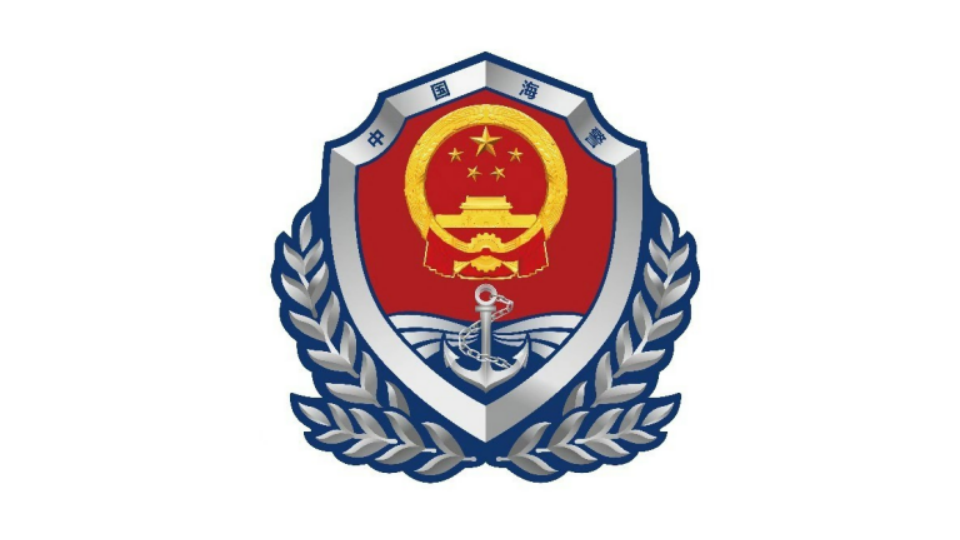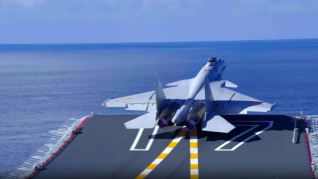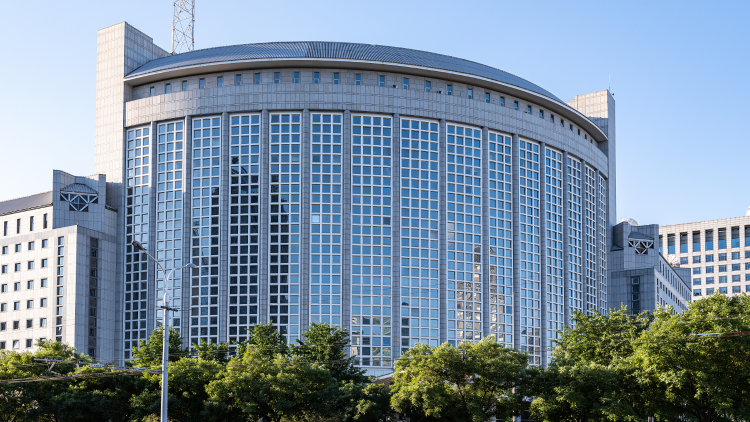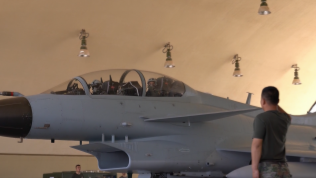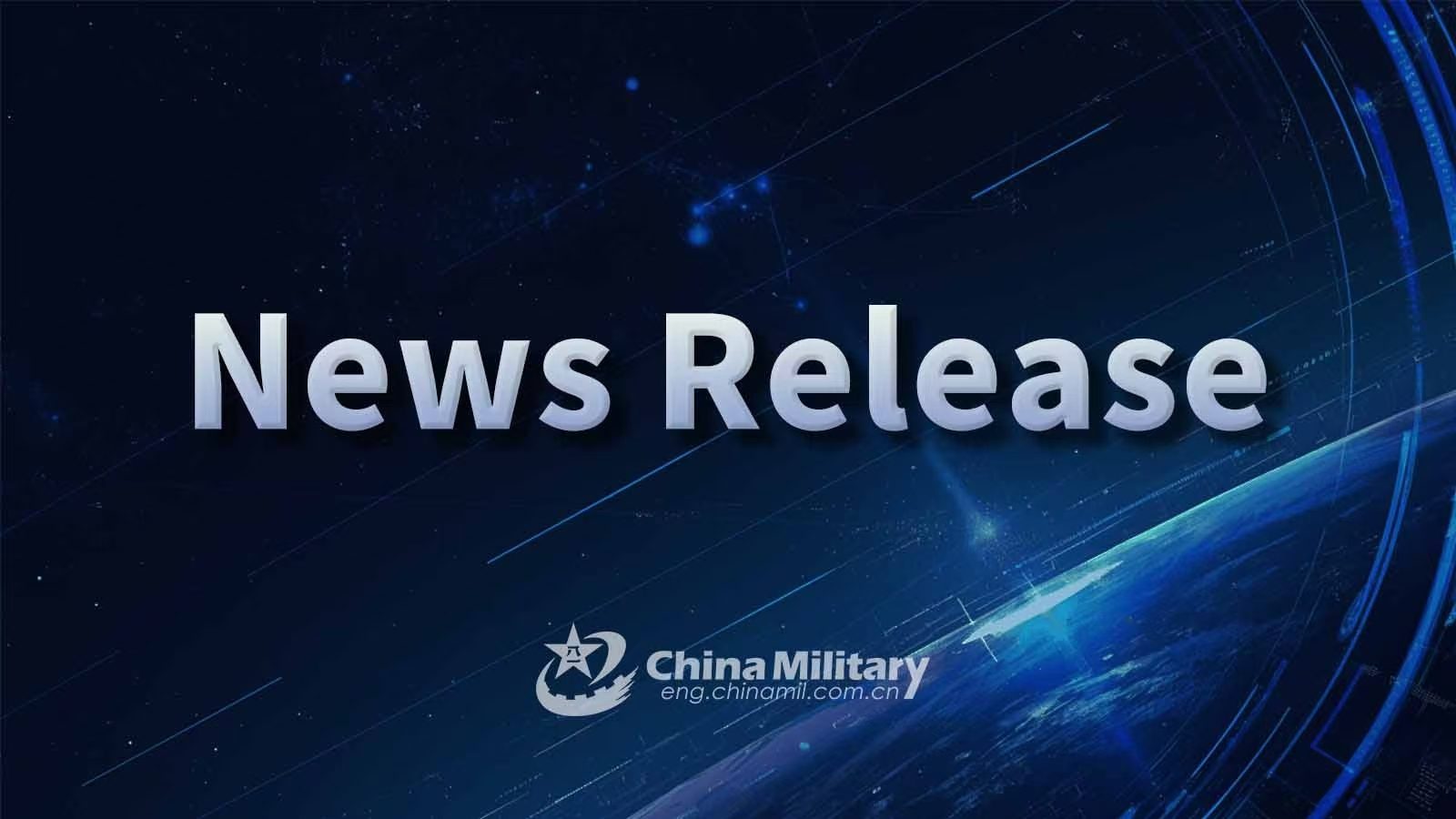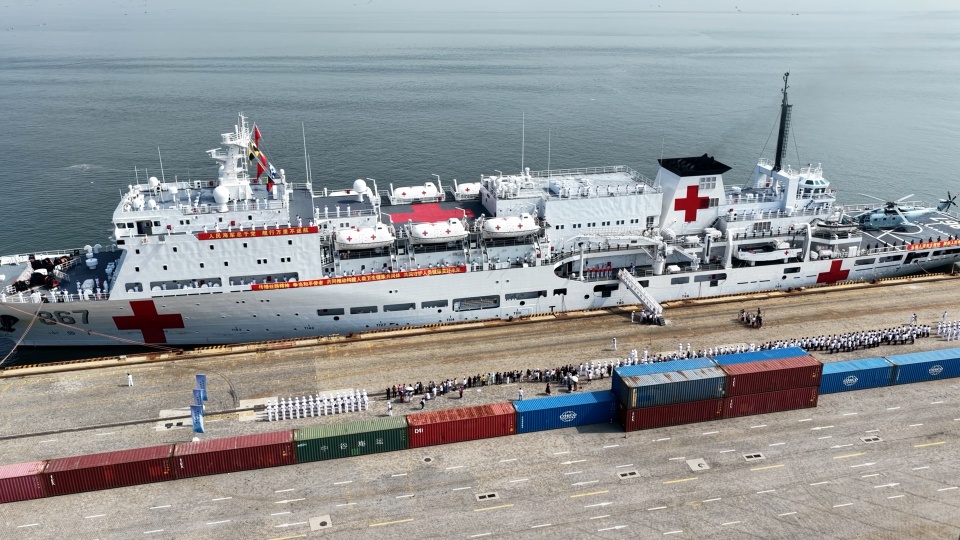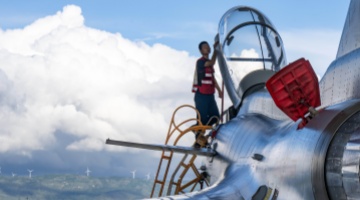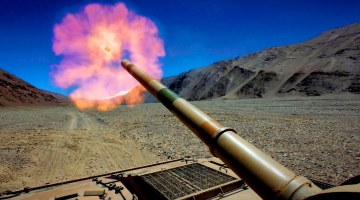By Zi Ge
According to Japanese media reports, the Japanese Ministry of Defense plans to dispatch fighter jets from the Japan Air Self-Defense Force (JASDF) to Australia for regular rotational deployment starting in the fiscal year 2024. Japan and Australia will also conduct joint training scenarios related to the exercise of collective self-defense rights by the Japanese Self-Defense Forces (JSDF) in the event of an attack on the Australian military. This move signifies Japan's further expansion of the scope of its collective self-defense rights.
The plan, set to be implemented in phases from the fiscal year 2024, includes the deployment of aircraft such as F-35, F-15, and F-2 fighter jets. Each deployment is expected to last for several months, during which the fighter jet units of the JASDF will be stationed at air bases in Australia.
The report also states that there is no clear legal basis for either permanently deploying troops to Australia or providing security cooperation to Australia when necessary. The Japan-Australia Joint Declaration on Security Cooperation, previously signed by both countries, outlines their ability to conduct military exercises in each other's countries, share intelligence, and cooperate on defense technology and defense industry. In the event of emergencies affecting the sovereignty and regional security interests of both countries, consultations will be held, and measures will be discussed. However, the document does not mention the JSDF providing military cooperation to Australia.
The Reciprocal Access Agreement signed by Japan and Australia simplifies procedures for the entry and deployment of forces in each other's countries but is contingent upon participation in joint training and exercises. It does not address the JSDF exercising collective self-defense rights in Australia or the Australian Defense Force providing military cooperation to Japan. It is reported that the Japanese Ministry of Defense is exploring the basis for the regular deployment of troops, including within existing regulations and documents such as the three security documents, National Security Strategy, National Defense Program Guidelines, and Defense Buildup Plan, to achieve operational breakthroughs.
In recent years, military interactions between Japan and Australia have become frequent, leading to significantly enhanced security cooperation, and even entering a state akin to a quasi-military alliance. On one hand, the two countries have signed bilateral cooperation mechanisms such as the Reciprocal Access Agreement, Military Intelligence Sharing Agreement, and Defense Equipment and Technology Transfer Agreement, opening channels for mutual security cooperation. On the other hand, both nations closely align with the United States' strategic adjustments in the Asia-Pacific region, participating in the Quad. Moreover, they continue to explore and expand other multilateral cooperation mechanisms.
Overall, Japan's plan to implement the rotational deployment of air combat forces in Australia and explore the possibility of providing military cooperation to Australia when necessary has three main intentions.
Firstly, it aims to enhance its strategic projection and distant sea combat capabilities. With a direct distance of 7,000 kilometers between Japan and Australia, the regular rotational deployment mechanism will provide a training pathway for JASDF to practice long-distance force deployment regularly. This allows Japan to optimize and explore airborne combat formations continually. Additionally, leveraging Australian military bases enables the JASDF to conduct relevant training for distant sea operations, enhancing its mobility and combat capabilities in distant waters.
Secondly, Japan seeks to involve Australia in regional affairs and collectively engage in the security dynamics of the Western Pacific. By projecting military forces to the southern hemisphere, Japan anticipates that in return, Australian forces might be deployed to Japan regularly, or even provide reciprocal security cooperation. Japan hopes to establish a deep bond with Australia, leveraging Australia's influence to gain more leverage and confidence in Western Pacific security matters. This move is expected to have a profound impact on regional security dynamics.
Thirdly, Japan tries to test boundaries and tactically achieve military breakthroughs. Japan's efforts to establish a regular military presence in Australia and explore the exercise of collective self-defense rights have, in practice, exceeded the relevant limitations set for the JSDF. For Japan, especially after it put forward the intention for JSDF to acquire the "enemy base attack capability", the distinction between counterattacks and proactive offensives has become increasingly blurred. The JSDF have gradually pushed the boundaries, accelerating their path toward acquiring the right to engage in combat. This development warrants close attention and vigilance from various parties.





